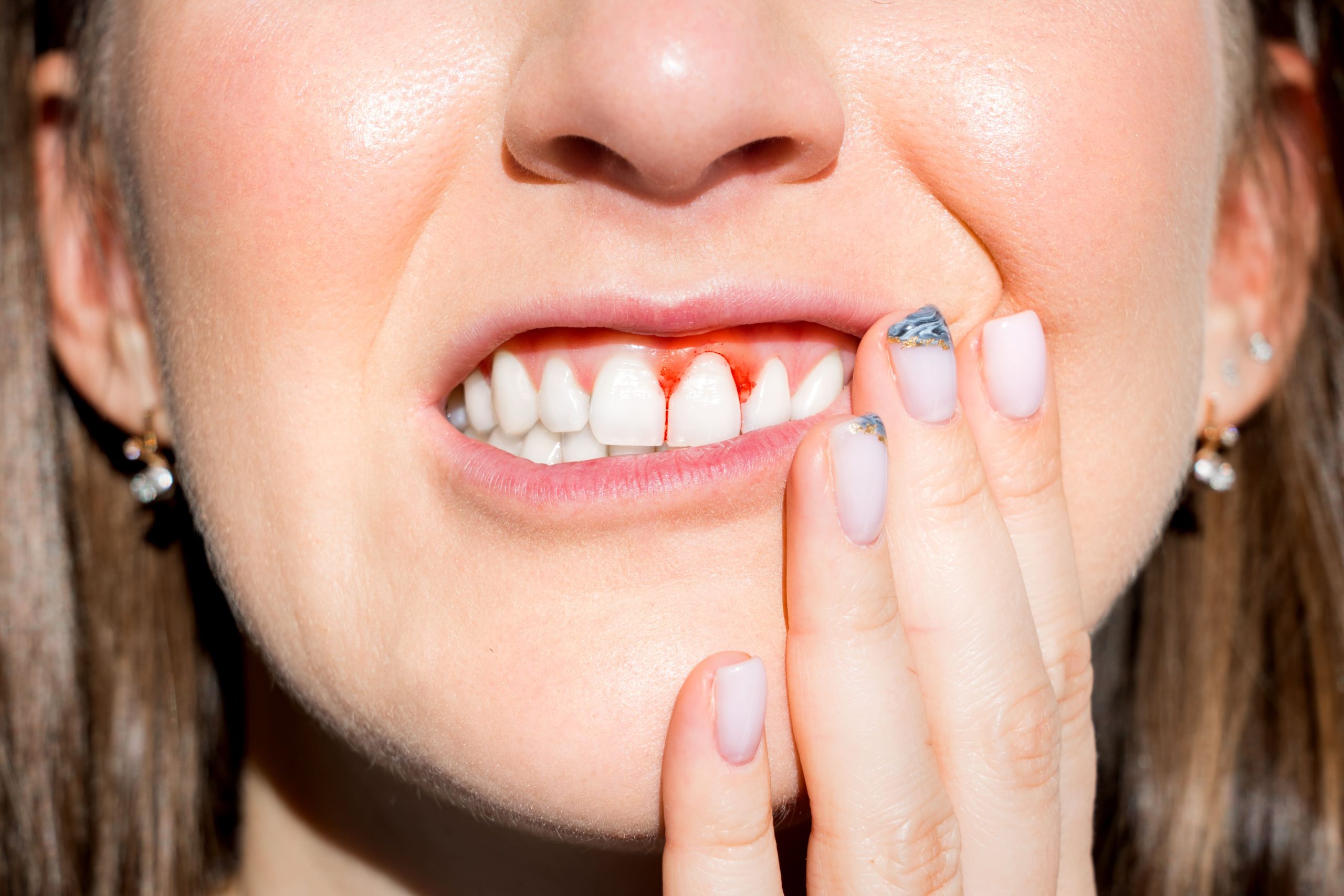Gum disease, also known as periodontal disease, is a common oral health problem that affects many people worldwide. It is caused by the build-up of plaque on the teeth, which leads to inflammation and infection of the gums. If left untreated, gum disease can cause tooth loss, bone damage, and other health problems.
Fortunately, there are two main types of treatments for gum disease: non-surgical and surgical. In this article, I will compare these two treatments and help you decide which one is right for you. The aim of any treatment for gum disease is to reduce gum pocket depths to 4mm or less.
Non-Surgical Treatments for Gum Disease
Non-surgical treatments for gum disease are typically the first line of defence against the condition. These treatments are often effective for treating early stages of gum disease, such as gingivitis and mild/moderate periodontitis. (See our articles on treatment costs and risks/benefits of gum disease treatments). Here are some common non-surgical treatments for gum disease:
Scaling and Root Planing
Scaling and root planing is a deep cleaning procedure that removes plaque and tartar from below the gum line. It is typically done using a combination of hand instruments and ultrasonic devices. Scaling and root planing can be uncomfortable, but it is generally considered a very effective treatment for gum disease. Local anaesthetics are highly effective in dealing with any discomfort
Antibiotics
Antibiotics may be prescribed to treat bacterial infections that are causing gum disease. In some instances, antibiotics in combination of deep cleaning above is very effective at achieving the aim of treatment. Typically, we prescribe either a combination of amoxicillin and metronidazole (for 1 week) OR azithromycin (for 3 days). If antibiotics are to used, the deep cleaning of the whole mouth must be completed within 1 week.
Laser
The use of various types of lasers have also been advocated for the management of periodontitis. The rationale for their use lies in the difficulty of fully removing all the bacteria from the infected roots. Typically, like antibiotics, they are used after deep cleaning to improve gum reattachment and therefore gum pocket depth reduction.
Lifestyle Changes
Making changes to your lifestyle is crucial in treating gum disease. This includes quitting smoking, the use of interdental brushes, electric toothbrushes and improving your diet. These changes can help reduce inflammation in the mouth and promote healing.
Surgical Treatments for Gum Disease
Here are some common surgical treatments for gum disease:
Flap Surgery
Flap surgery is a procedure that involves lifting the gums to remove tartar and bacteria from the roots of the teeth. The gums are then repositioned to fit snugly around the teeth. Flap surgery can be effective in treating moderate to severe gum disease.
Bone Grafts
Bone grafts may be required if gum disease has caused significant bone loss around the teeth. This procedure involves taking bone from another part of the body, such as the hip, and transplanting it into the jawbone. This can help regenerate bone and support the teeth.
Guided Tissue Regeneration
Guided tissue regeneration is a procedure that involves placing a small piece of mesh-like material between the gum tissue and bone. This material helps to stimulate the growth of new bone and gum tissue.
Which Treatment Is Right for You?
Deciding which treatment is right for you depends on the severity of your gum disease. If you have mild to moderate gum disease, non-surgical treatments may be effective. However, if you have severe gum disease, surgical treatments may be required. Your dentist will be able to assess the severity of your condition and recommend the best treatment for you.
Periodontal Maintenance.
Periodontal maintenance by an experienced dental hygienist or dental therapist every 3 months is much more important than the type of treatment. Irrespective of the treatment type, it is really important that you see a clinician who uses tried and tested techniques whose results have lasted over 20- 30 years.
As a dentist, I have seen many patients benefit from both non-surgical and surgical treatments for gum disease. In my experience, the key to success is early detection and prompt treatment. So, if you're experiencing symptoms of gum disease, don't delay – make an appointment with your dentist today. Remember, good oral health is essential for your overall health and well-being.
Be sure to complete the form below and let us look after your gums.








